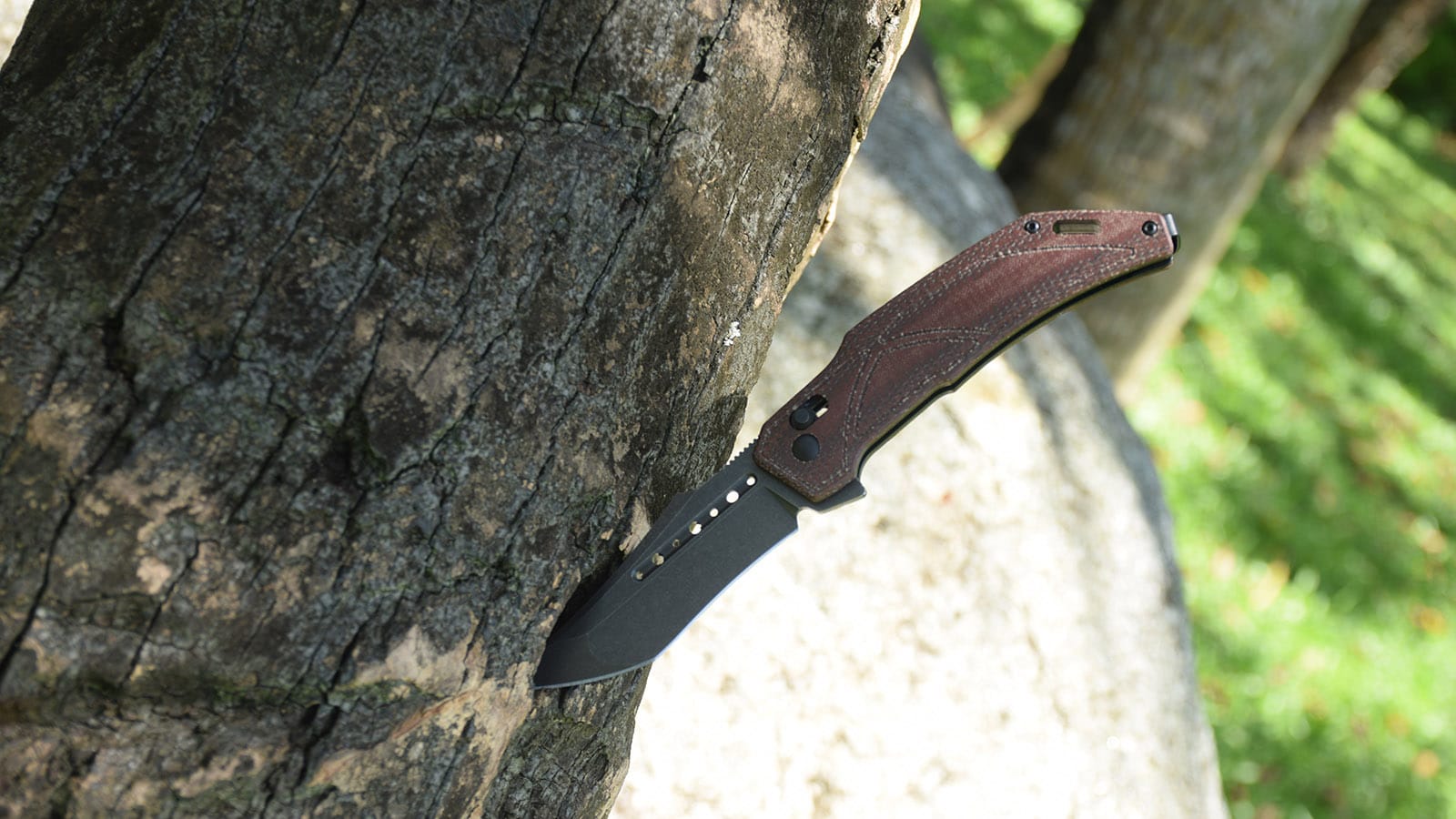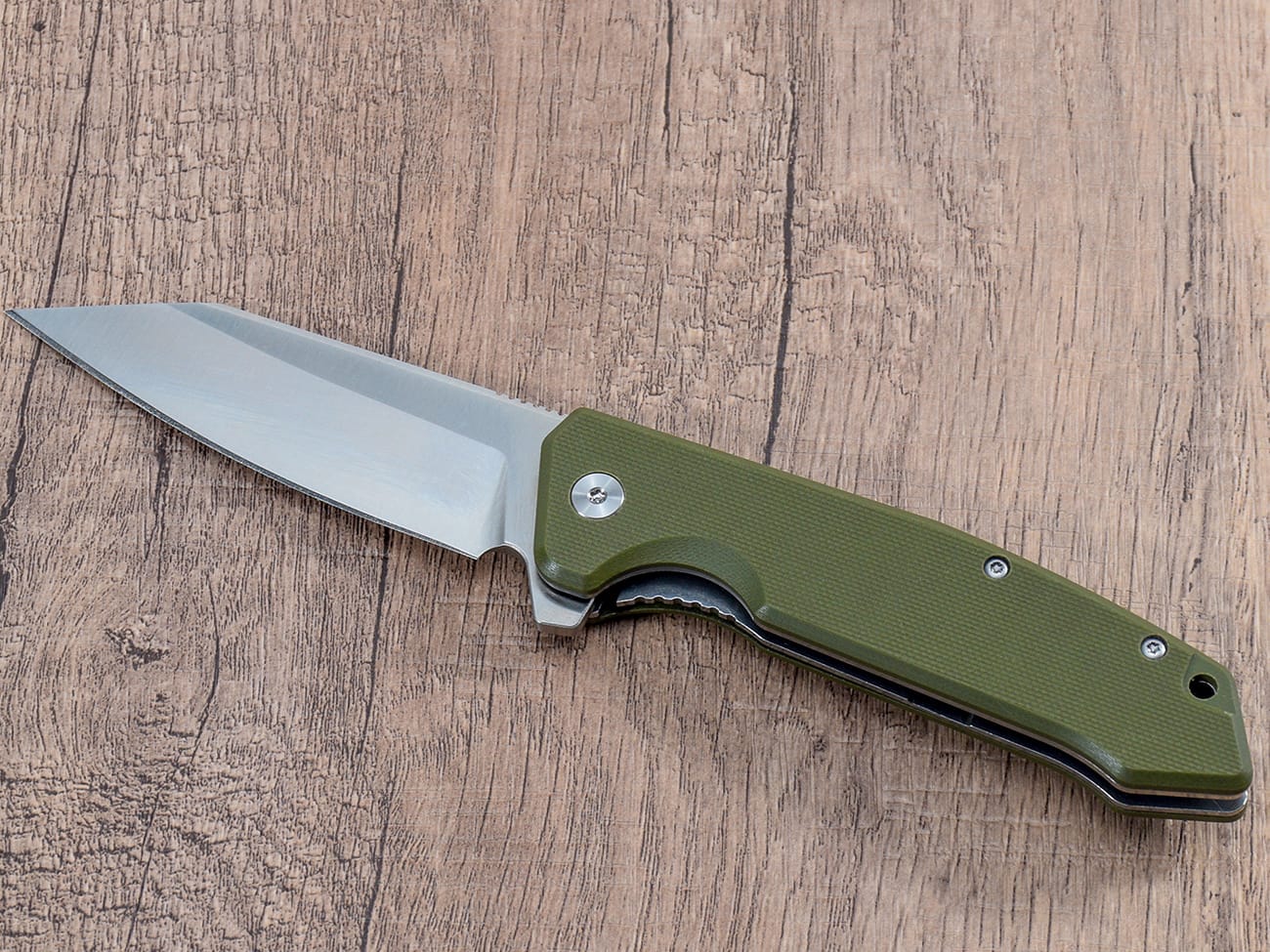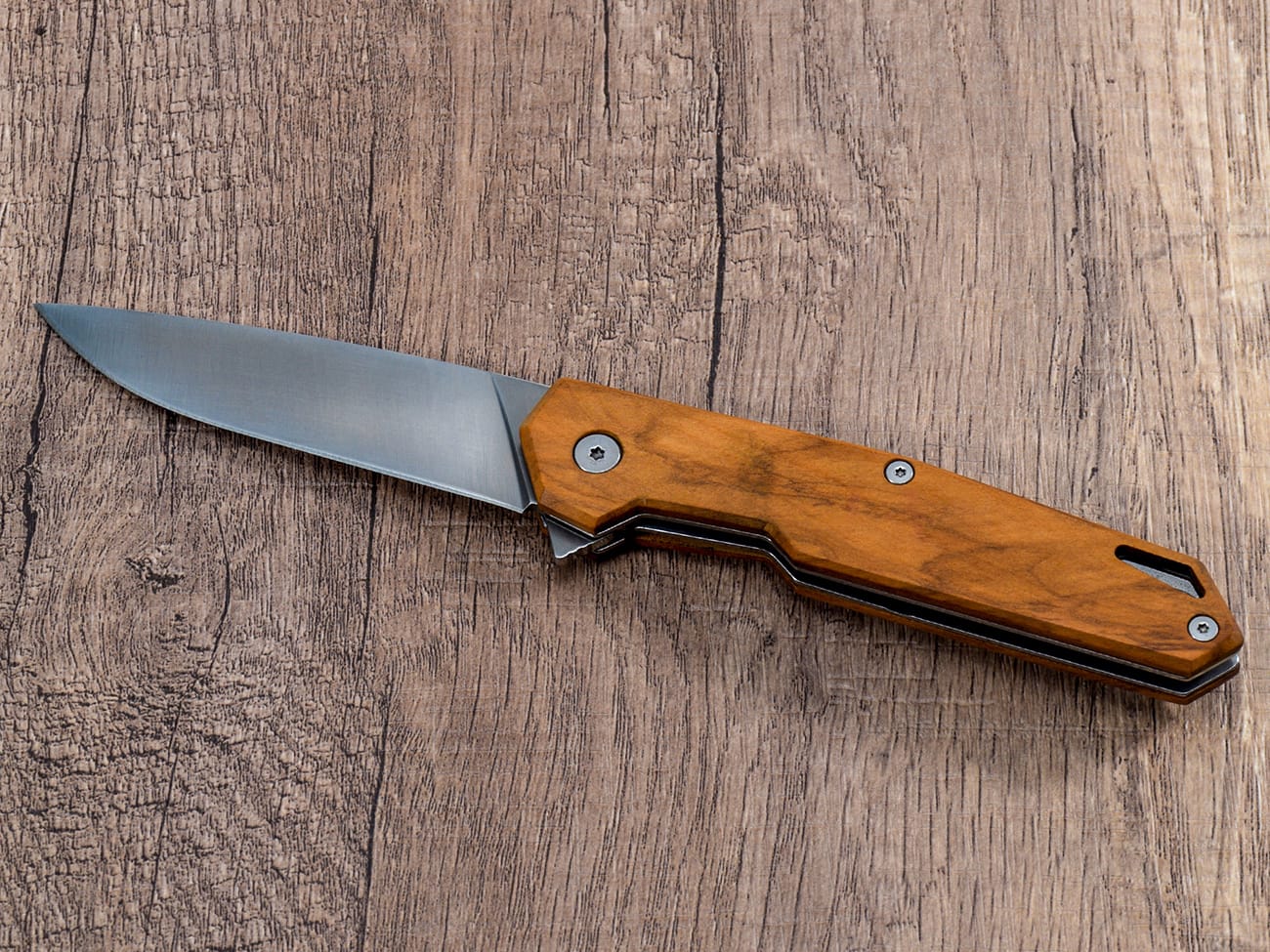Planning a trip to Canada and wondering about bringing your trusty pocket knife across the border? This comprehensive guide breaks down everything you need to know about Canadian knife laws, border regulations, and what types of knives are permitted when entering Canada. Whether you’re traveling for camping, outdoor activities, or everyday carry (EDC), understanding these rules is crucial to avoid confiscation and legal issues.
What Types of Pocket Knives Are Legal in Canada?
The Canadian Criminal Code sets clear guidelines about legal knives. Regular folding knives and traditional pocket knives are generally permitted, provided they:
- Don’t open automatically by gravity or centrifugal force
- Aren’t designed for self defense
- Have a practical purpose (like a folding knife with wood handle for camping or utility use)
- Don’t qualify as prohibited weapons under Canadian law
Are Automatic Knives Prohibited When Entering Canada?
Absolutely. The following types of knives are strictly prohibited:
- Switchblades (any blade that opens automatically by pressure applied to a button)
- Butterfly knives (balisongs)
- Gravity knives
- Any knife that opens with centrifugal force
What Should You Tell Border Services About Your Pocket Knife?
When crossing the canadian border, transparency is crucial:
- Declare your knife to the border agent
- Explain its intended purpose (camping, hiking, etc.)
- Be prepared to show that it’s a legal regular folding knife
- Have documentation if it’s part of camping or outdoor equipment
Can You Fly Within Canada with a Pocket Knife?
Air travel has specific regulations regarding knives:
- Knives must be packed in checked baggage when flying within canada
- No knives permitted in carry-on luggage
- Declare any knives at security checkpoints
- Consider the type or length restrictions for your specific airline
What Are the Best Pocket Knives for Legal Carry in Canada?
Some recommended options include:
- Traditional slip joint pocket knives
- Manual folding knives with liner locks
- Basic utility knives
- Swiss Army Knives (SAK)

How Do Canadian Knife Laws Vary by Municipality?
Local regulations can affect knife carry:
- Vancouver has specific restrictions on blade length
- Some cities require “reasonable purpose” for carrying
- Check local laws before bringing your knife
- Consider intended use in specific areas
What Happens If Your Knife Is Confiscated at the Border?
If border services seize your knife:
- Remain calm and cooperative
- Request documentation of the confiscation
- Understand your options for appeal
- Consider voluntarily surrendering prohibited items
Are There Special Rules for Non-U.S. Citizens?
International travelers should note:
- Same basic rules apply regardless of citizenship
- Additional documentation may be required
- Cultural/ceremonial knives may need special permits
- Check with Canadian embassy before traveling
How Can You Ensure a Better Experience at the Border?
Follow these tips for smooth border crossing:
- Research regulations beforehand
- Carry only clearly legal knives
- Be honest with border agents
- Keep documentation organized
- Consider leaving questionable items at home
What Are Common Mistakes to Avoid?
Frequent issues travelers encounter:
- Assuming U.S. knife laws apply in Canada
- Bringing automatic or assisted-opening knives
- Not declaring knives at customs
- Carrying knives in carry-on luggage
- Misunderstanding local regulations
Key Points to Remember:
- Only bring manual folding knives into Canada
- Always declare knives at the border
- Pack knives in checked baggage when flying
- Research local laws at your destination
- Keep documentation of legitimate purposes
- Be prepared for inspection at customs
- Consider the specific use case for your knife
- Avoid any prohibited knife types
- Remember final decisions rest with border agents
- When in doubt, leave it at home
Remember, while Canada generally allows pocket knives for legitimate purposes, the final decision rests with border services agents. Always err on the side of caution and be prepared to demonstrate your knife’s legal status and intended use.




